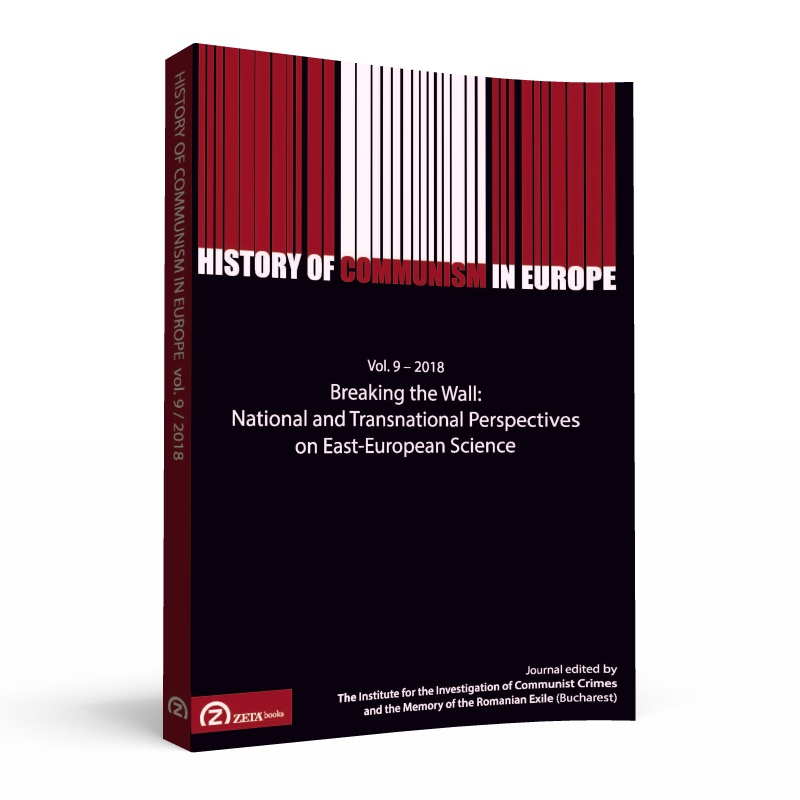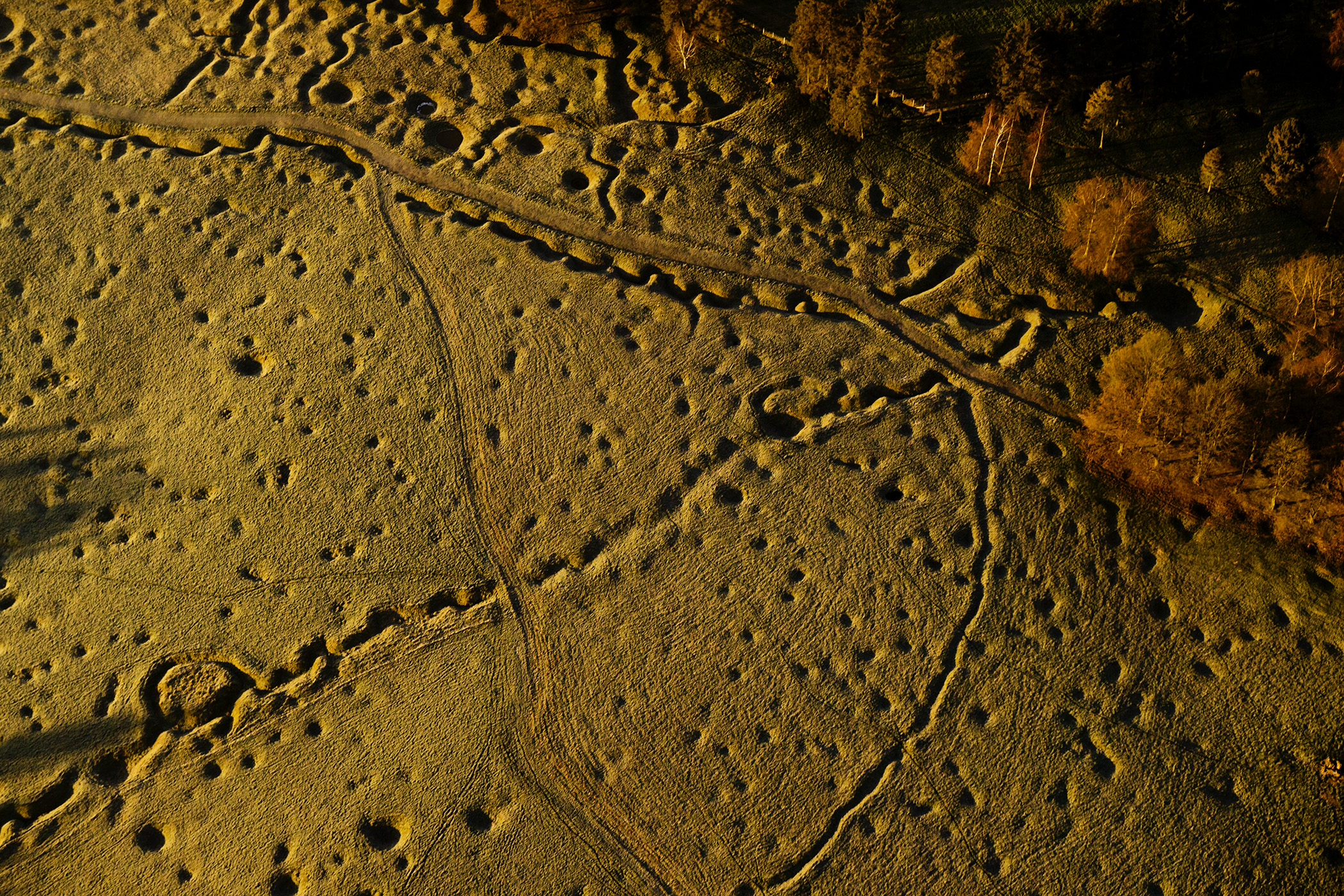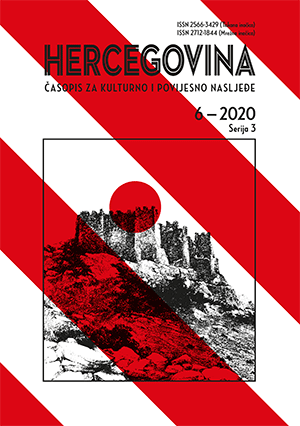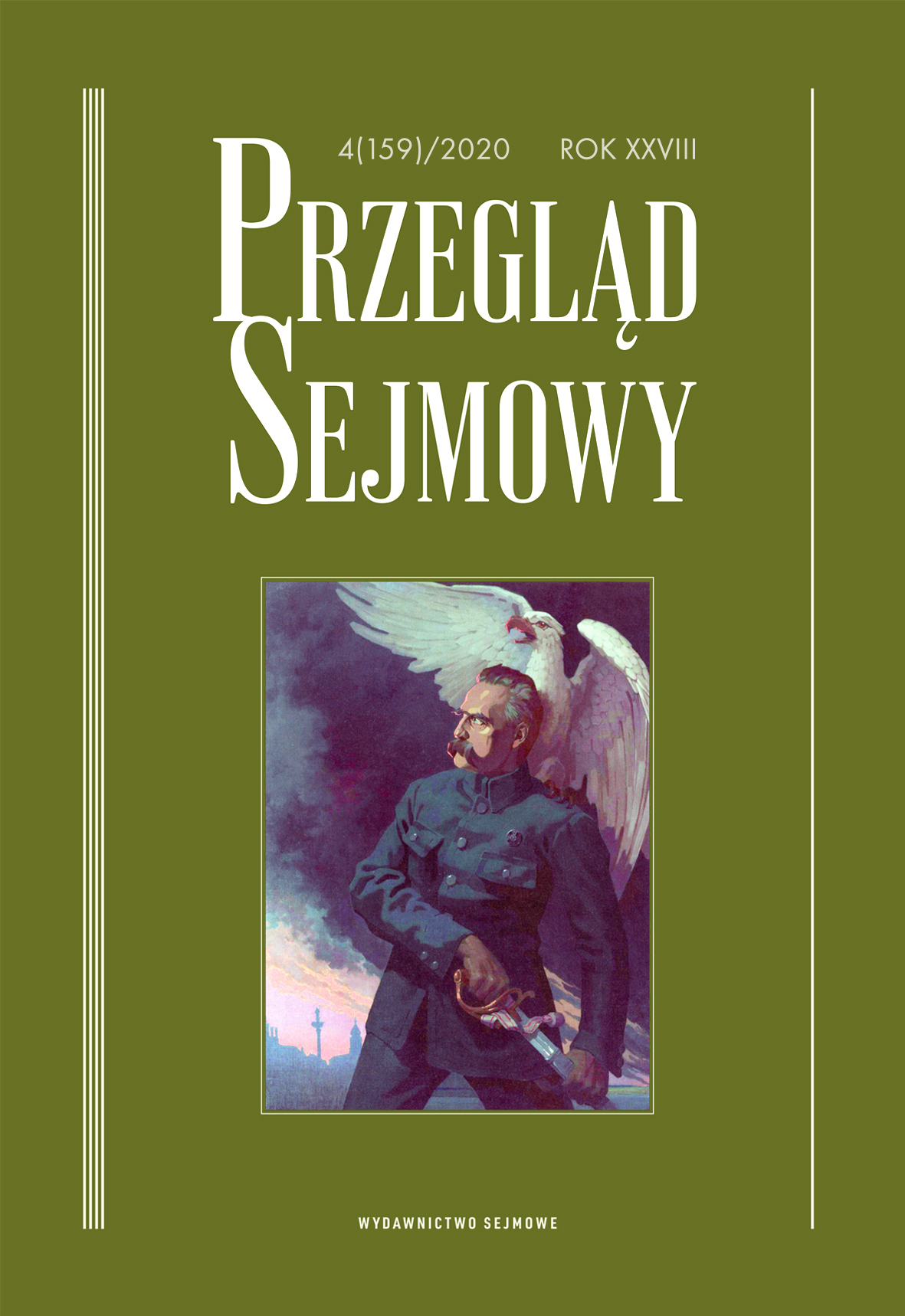
“The Difference Between No. 1 1928 and No. 1 1930 Is Great Indeed.”
This article chronicles the correspondence between eodosius Dob- zhansky (1900-1975) and his colleagues in the USSR in the years following his arrival in the United States on what was to have been a one-year fellowship work- ing in the laboratory of T.H. Morgan at Columbia University. ese letters chron- icle a period during which Dobzhansky not only realized the enormous potential of Drosophila genetics for unlocking the secrets of evolution, but also that con- tinuing this research would require nding a way to remain in the United States longer than either the Soviet Academy of Sciences, or the Rockefeller Foundation, would allow. Dobzhansky’s exchanges during this period with mentors such as Yuri Filipchenko and Nikolai Vavilov, as well as fellow students and colleagues such as Nikolai Medvedev, highlight the precarious game Dobzhansky played as he attempted to appear eager to return to his homeland, while secretly maneuver- ing to delay it. By the time it was over Filipchenko would die an early death of meningitis and Vavilov—who had originally been urging Dobzhansky to return and contribute to development of genetics in Russia—would now advise him to remain in the USA. Dobzhansky was nearly forced to return to the USSR after a routine trip to Canada to renew his visa, an outcome that would surely have result- ed in imprisonment or worse. In the end he was allowed to stay, however Dob- zhansky’s defection was so resented by the Soviet regime that even decades later he would remain an “un-person” in his homeland, whose name and contributions were never o cially acknowledged during his lifetime, and his attempts at recon- ciliation were rejected.
More...


